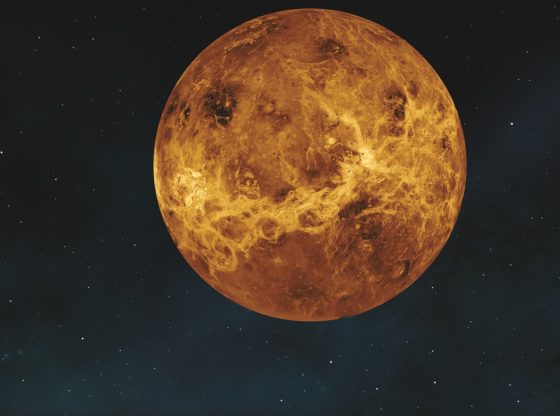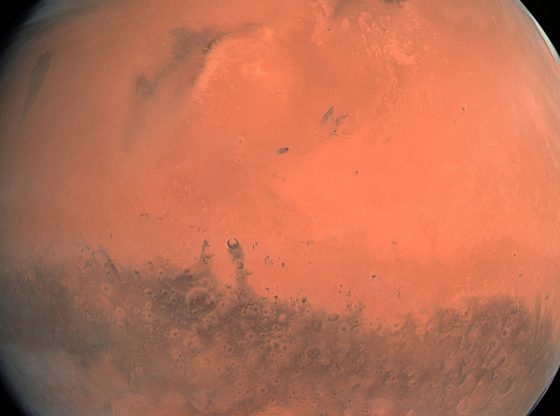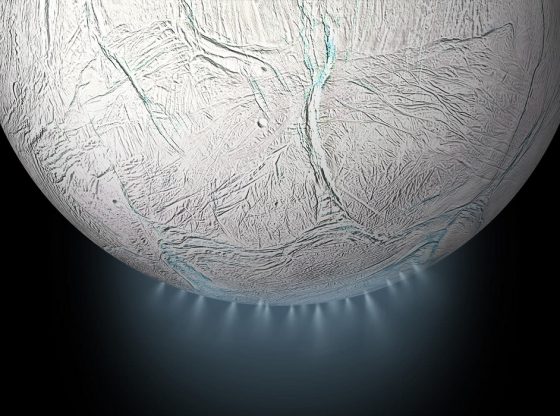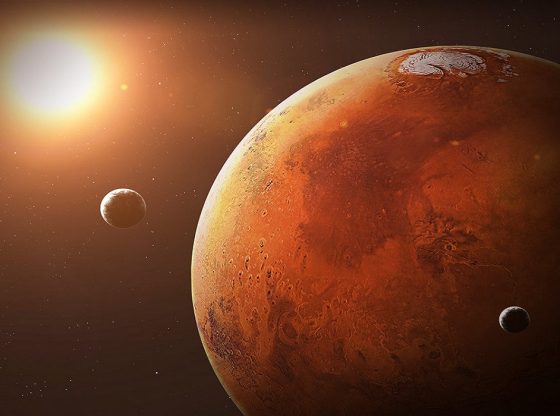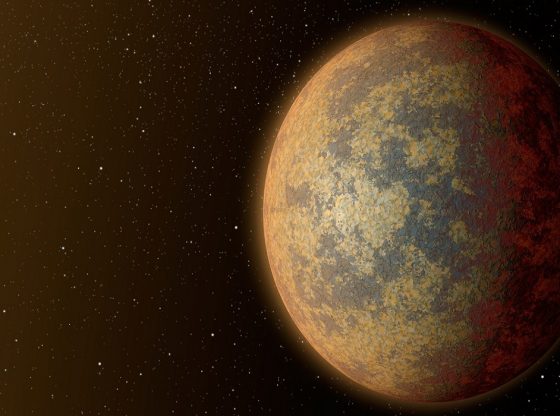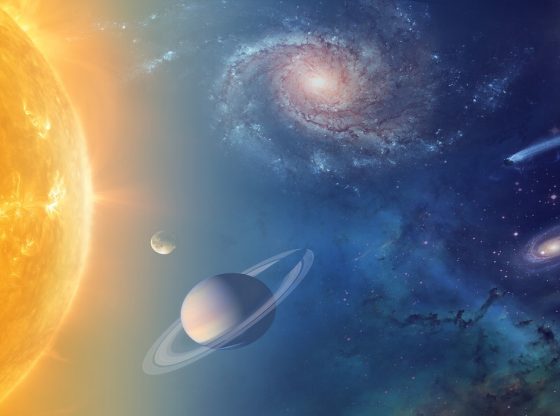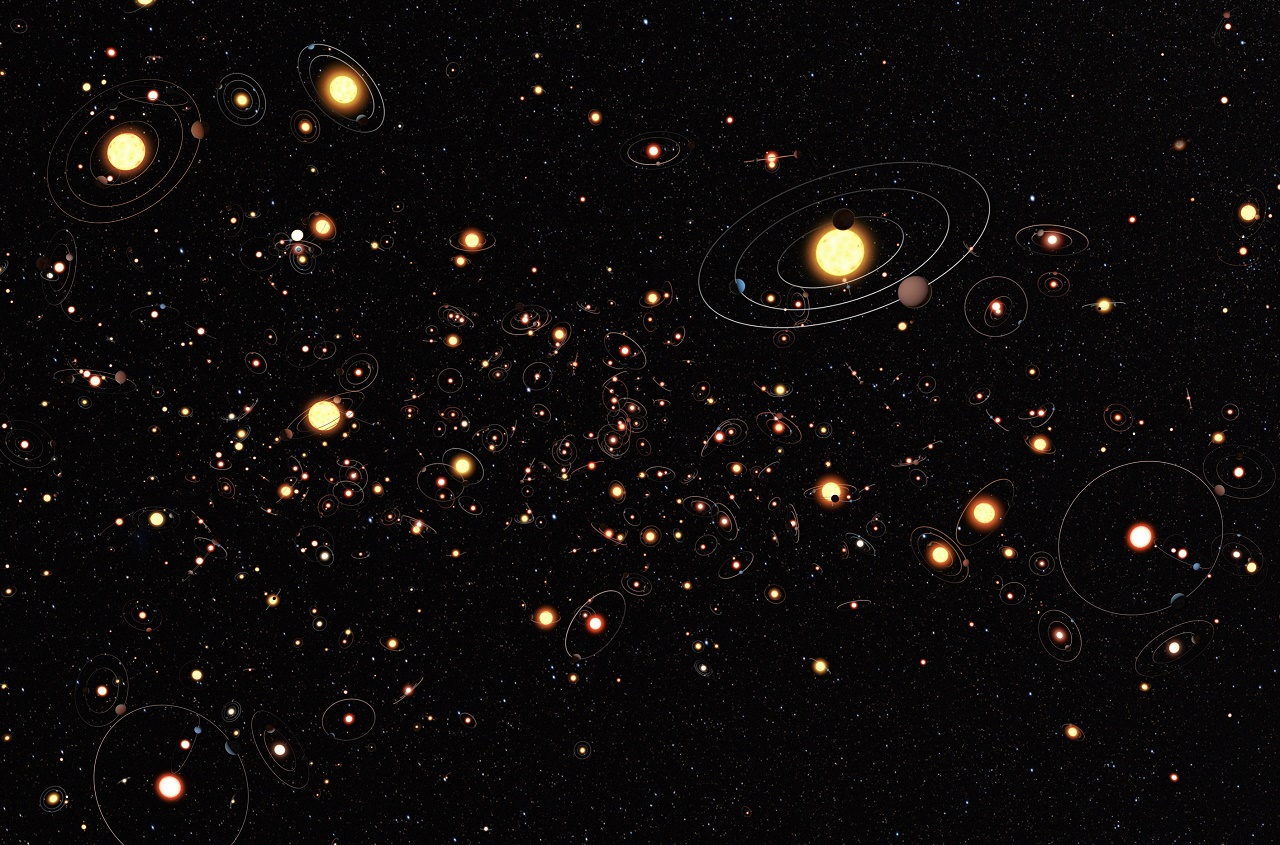
Astronomers have created a refined method of calculation that is meant to estimate the chances of finding life in the universe.
The new equation was developed by Caleb Scharf from Columbia Astrobiology Center and Leroy Cronin from the School of Chemistry at the University of Glasgow.
It says nothing about how common life is, but can be useful to estimate the chances of life when comparing different planets.
The Drake Equation
The Drake Equation has been in use since the 1960s to predict how many communicative extraterrestrial civilizations exists in the Milky Way galaxy.
Developed by astronomer Frank Drake, the drake equation is a probabilistic formula to help estimate the number of active, radio-transmitting alien civilizations in the galaxy.
It was meant to stimulate scientific dialogue at a meeting on the search for extraterrestrial intelligence (SETI) and was a cornerstone in the early development of SETI institute.
It is particularly interesting as a teaching tool but the resulting data isn’t probably very accurate. Just as this new equation, the Drake equation also includes estimates of compositions of matter that may be important prerequisites for life.

Where;
N = The number of civilizations in The Milky Way Galaxy whose electromagnetic emissions are detectable.
R* = The rate of formation of stars suitable for the development of intelligent life.
fp = The fraction of those stars with planetary systems.
ne = The number of planets, per solar system, with an environment suitable for life.
fl = The fraction of suitable planets on which life actually appears.
fi = The fraction of life bearing planets on which intelligent life emerges.
fc = The fraction of civilizations that develop a technology that releases detectable signs of their existence into space.
L = The length of time such civilizations release detectable signals into space.
New Equation:
The new equation basically provides an indication of the probability of life arising on a planet based on the amount of life-sustaining chemical “building blocks” available on the planet.

Where;
Nabiogenesis (t) = Likelihood of origin of life events
Nb = Number of potential building blocks
No = Mean number of building blocks per organism, or biochemically significant system
fc = Fractional availability of building blocks during Time t
Pa = Probability of assembly per unit time
The equation explains the process of abiogenesis, which is the formation of life from nonliving components. It incorporates planet conditions, the ingredients needed to form life and the likelihood of those ingredients getting into the right configuration for life to emerge.
The researchers note however that there is a possibility of life arising multiple times using different building blocks — life may have previously existed on Earth, or does indeed exist today but is unknown to science, or even came into being separately from our brand of life with a totally different chemical vocabulary.
Although these formulas and calculation methods can be useful, we still lack the necessary knowledge of how life arises in the first place.
A major problem within the field of astrobiology is the fact that we base our reasoning on only one instance and statistical occurrence that we know of by which life has arisen in the universe: The Earth.
_______________
Caleb Sharf and Leroy Cronin. Quantifying the origins of life on a planetary scale. PNAS, 2016. DOI: 10.1073/pnas.1523233113
______________________________

